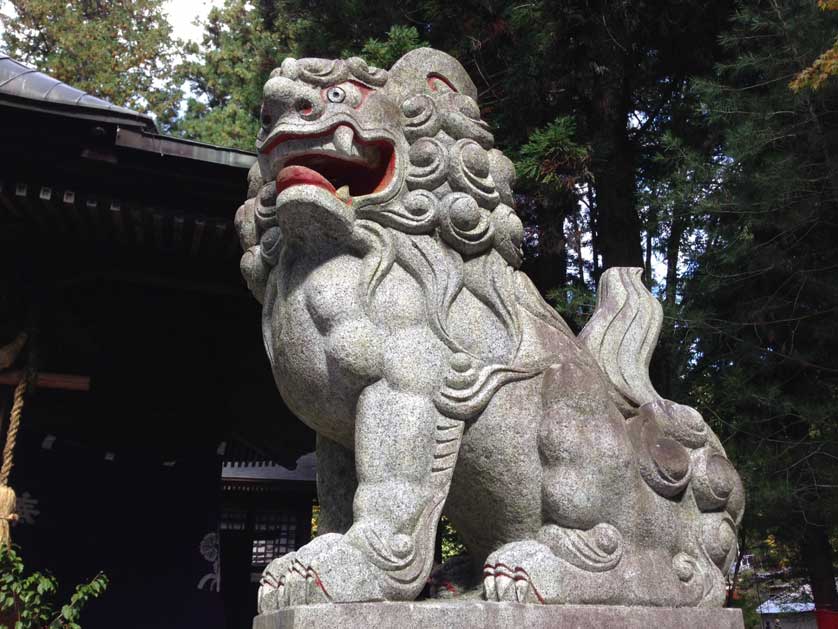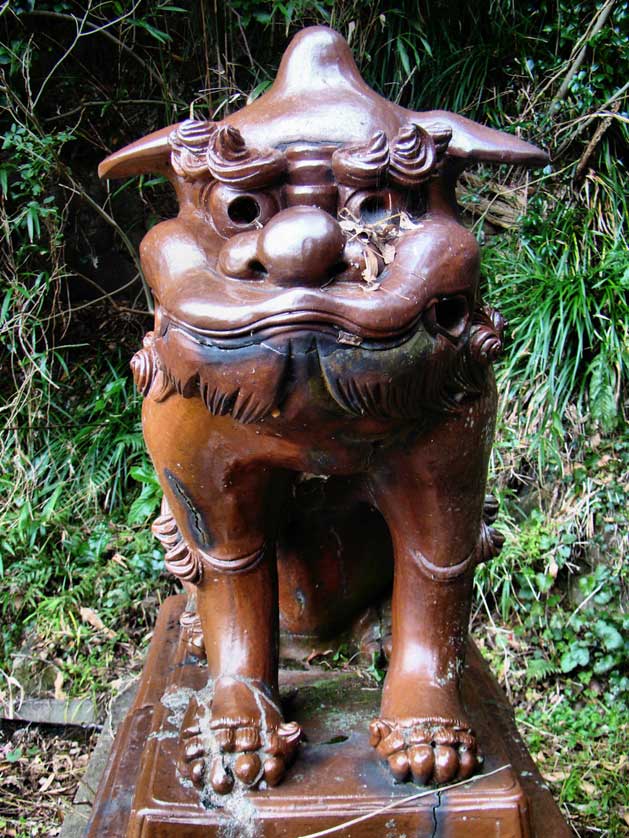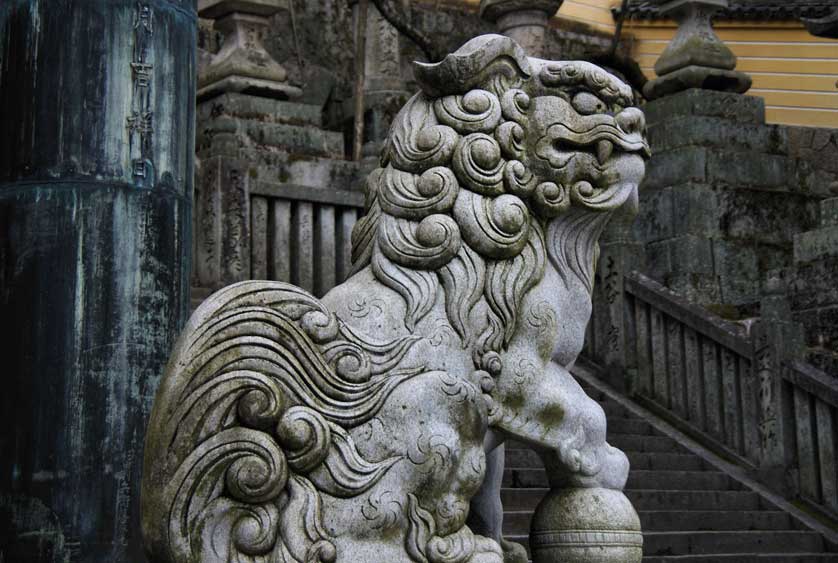Komainu: The Fierce Guardians of Japan's Sacred Shrines and Temples
Visitors to Japan's numerous Shinto shrines and Buddhist temples are often greeted by a pair of imposing lion-like statues flanking the entrance. These majestic creatures, known as komainu, serve as the fierce guardians of Japan's sacred spaces. With their intimidating expressions and muscular physiques, komainu are believed to ward off evil spirits and protect the holy grounds. These fascinating statue pairs have a rich history and symbolic meaning that reflects cultural influences from China, Korea, and India, making them an integral part of Japan's religious architecture and cultural heritage.
The Origins and History of Komainu
The tradition of using guardian lion statues originated in ancient India and spread to China via the Silk Road. In China, the statues evolved into a distinct "Chinese lion" style and were adopted in Korea and Japan. Komainu first appeared in Japan during the Nara period (710-794) as indoor decorative elements.
During the Heian period (794-1185), the komainu took on their distinct open-mouthed and closed-mouthed forms. The open-mouthed komainu is called "a-gyō" and the closed-mouthed one is called "un-gyō", representing the beginning and end of all things. From the 14th century onward, komainu began to be placed outdoors to guard shrine and temple entrances.

The Symbolic Meaning of Komainu
Komainu always appear in pairs, with one having an open mouth and the other a closed mouth. Together they represent the sound "a-un", the Japanese transliteration of the sacred Sanskrit syllable "om". This syllable symbolizes the beginning and the end of all things, similar to "alpha and omega" in Western traditions.
The komainu pairs embody the principles of yin and yang, life and death, and the dual nature of existence. The open-mouthed "a-gyō" represents the beginning, the active principle, and the inhalation of the breath of life, while the closed-mouthed "un-gyō" symbolizes the end, the passive principle, and the exhalation of the last breath.
Variations and Related Guardian Statues
In some regions of Japan, other animals like foxes, wild boars, and tigers are used in place of lion-dogs. At Inari shrines dedicated to the fox deity, guardian fox statutes often have a key or a jewel in their mouths.
The Okinawan shīsā are a regional variant of the komainu, sharing similar protective functions and meanings. Buddhist temples also feature the Niō, fierce human-form guardians that are the counterparts to the komainu.

The Enduring Presence of Komainu in Japan
Komainu are one of the most ubiquitous and recognizable symbols at sacred sites throughout Japan. They continue to stand guard at the entrances of countless Shinto shrines and Buddhist temples.
As an integral part of Japan's religious architecture, komainu embody the nation's rich cultural heritage. These fierce yet noble lion-dogs remain steadfast protectors, warding off evil and welcoming visitors to holy grounds. From the grand Izumo Taisha Shrine to the smallest neighborhood temples, komainu continue to capture the imagination and inspire awe in all who encounter them.
Whether you are a history enthusiast, a spiritual seeker, or simply a curious traveler, the captivating komainu are a must-see on any journey through Japan. As you explore the nation's sacred spaces, take a moment to appreciate these ancient guardians and the enduring role they play in protecting and preserving Japan's cultural treasures. For more insights into Japan's fascinating culture and history, be sure to check out books on Japan to deepen your understanding and appreciation of this captivating country.









